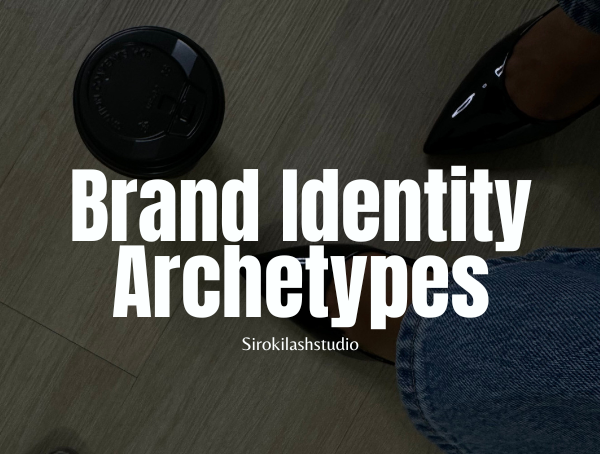
Brand Identity: A Step-by-Step Guide for Businesses
A strong brand identity it’s crucial for businesses aiming to stand out in today’s competitive market. It not only differentiates your business from competitors but also builds trust and loyalty among customers, setting the foundation for long-term success.
What Are Brand Archetypes?
Brand archetypes are universal characters or personas that represent fundamental human motivations and emotions. Originating from the work of psychologist Carl Jung, these archetypes serve as a blueprint for brands to communicate their values, voice, and vision consistently. By aligning with a specific archetype, brands can resonate more deeply with their target audience, creating loyalty and trust.
The 12 Brand Archetypes Explained
-
The Innocent: Strives for simplicity and happiness.
Example: Coca-Cola’s messaging often evokes nostalgia and pure joy. -
The Explorer: Seeks freedom and adventure.
Example: The North Face encourages exploration and pushing boundaries. -
The Sage: Values knowledge and truth.
Example: Google aims to provide information and insights to users worldwide. -
Hero: Aspires to make the world better through courage and determination.
Example: Nike inspires action and perseverance. -
The Outlaw: Challenges norms and embraces rebellion.
Example: Harley-Davidson promotes freedom and non-conformity. -
The Magician: Focuses on transformation and making dreams come true.
Example: Disney creates magical experiences for all ages. -
The Regular Guy/Gal (Everyman): Emphasizes belonging and relatability.
Example: IKEA offers functional products for everyday people. -
The Lover: Celebrates passion, beauty, and intimacy.
Example: Chanel embodies elegance and sensuality. -
The Jester: Brings joy and laughter.
Example: Old Spice uses humor to engage its audience. -
The Caregiver: Provides support and protection.
Example: Johnson & Johnson focuses on nurturing families. -
The Creator: Values innovation and imagination.
Example: LEGO encourages creativity and building. -
The Ruler: Aims for control and order.
Example: Mercedes-Benz represents luxury and authority.
Why Brand Archetypes Matter
-
Consistency: Establishing an archetype ensures uniform messaging across all platforms.
-
Emotional Connection: Archetypes tap into universal emotions, making your brand more relatable.
-
Differentiation: In a saturated market, a clear archetype sets you apart.
-
Strategic Direction: Guides content creation, marketing strategies, and customer interactions.
Implementing Brand Archetypes in Your Strategy
-
Identify Your Core Values: Understand what your brand stands for.
-
Know Your Audience: Determine which archetype resonates with your target demographic.
-
Align Messaging: Ensure all communications reflect your chosen archetype.
-
Visual Consistency: Design elements should embody the archetype’s characteristics.
-
Evaluate and Adjust: Regularly assess if your archetype still aligns with your brand’s evolution.
Ready to Elevate Your Brand?
Understanding and implementing brand archetypes can transform your business strategy, foster deeper connections with your audience, and differentiate your brand.
Book a Call Today to learn how to apply brand archetypes to your business and structure your brand for success.
Empower your brand. Elevate your success.





Read the Comments +